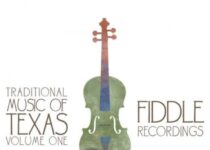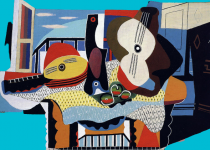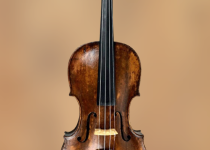Fiddles For Jazz Music
Fiddles are an integral component of jazz music, offering an expressive avenue to convey all manner of feelings and emotions.
Fiddles can also expand your musical horizons by learning different styles of world music such as Indian classical, gypsy jazz and klezmer. Each genre offers distinct scales, rhythms and ornamentations to help develop your individual musical voice.
Rhythm
Rhythm is an integral component of music that provides forward motion in any piece. This concept can be found both classically composed pieces as well as popular tunes; and even everyday life!
Refining your rhythm skills is integral to becoming an excellent jazz guitarist. Doing so will allow you to have a keener sense of how to lay down chords while leading a band simultaneously.
One of the best ways to develop your rhythm skills is to start practicing with a metronome, as this will enable you to count each beat accurately and avoid rushing the rhythm.
Once you’ve mastered that, you can move on to more intricate rhythm patterns. Starting with the Freddie Green quarter-note pulse or trying the syncopated pattern with bars 2 & 4, followed by 4 bars in between could work for example.
Becoming a better jazz musician requires understanding and practicing rhythm’s foundational concepts regularly. Though mastering them may take practice and hard work, its rewards make the effort well worthwhile!
Blue Notes
Blue notes in music refer to any pitch occupying the space between major and minor scales; they’re often employed for expressive purposes in jazz and blues music.
Blue note modifications typically involve bending or scooping up strings with your finger, changing their pitch between quarter-tone and semitone alterations; depending on musical context, whole and half tones may also be affected.
Jazz musicians have long employed “blue notes” as an integral component of jazz improvisation.
Jazz musicians enjoy freedom to experiment and express themselves emotionally, which allows them to connect with their audience and release their inner creativity.
Jazz music has grown increasingly popular and influential over time. It is a form that has continued to adapt and develop over time into something truly distinctive and innovative.
Swing
Ella Fitzgerald once described swing as being “the thing that makes the feet tap and the heads bop,” or more succinctly: the feeling that makes people move their bodies while moving their heads back and forth in unison. Swing has long been considered an integral component of jazz music from traditional New Orleans through bepop.
Though musicians find it challenging to achieve that swaying feeling, physicists have now proposed that it may be created through subtle timing deviations between instruments. After listening to original and digitally altered jazz recordings, scientists found that swing music was seven times more likely to be perceived as “swinging” when soloist’s timing was delayed in relation to rhythm section timing.
Utilizing this theory, physicists have created an algorithm that can manipulate the timing of soloists with respect to rhythm section members. It provides a convincing answer to the age-old question “Why does this music have swing?” while providing musicians with a means of creating swing without compromising synchronization skills or developing more fluid, expressive styles of playing.
Freedom
Jazz music in America has long been seen as a powerful vehicle for freedom. Jazz artists such as John Coltrane, Nina Simone and Charles Mingus all created songs which addressed issues of race discrimination and oppression through jazz music.
Music stands apart as a medium that fosters greater creative freedom than other art forms in that every performance involves some level of improvisation; this ranges from mere embellishment or full paraphrase up to completely new melodies that complement existing accompaniment harmonies.
Improvisation could mean altering the arrival times or durations of certain tones, or it could mean dislocating entire phrases to shift their location relative to the beat. Grace notes or vibrato may also be added, or depth and rate variations may change within each tone.
Jazz musicians must carefully consider what they choose to do and how they approach things, in order to find a balance between freedom and democracy while upholding their individual integrity.



